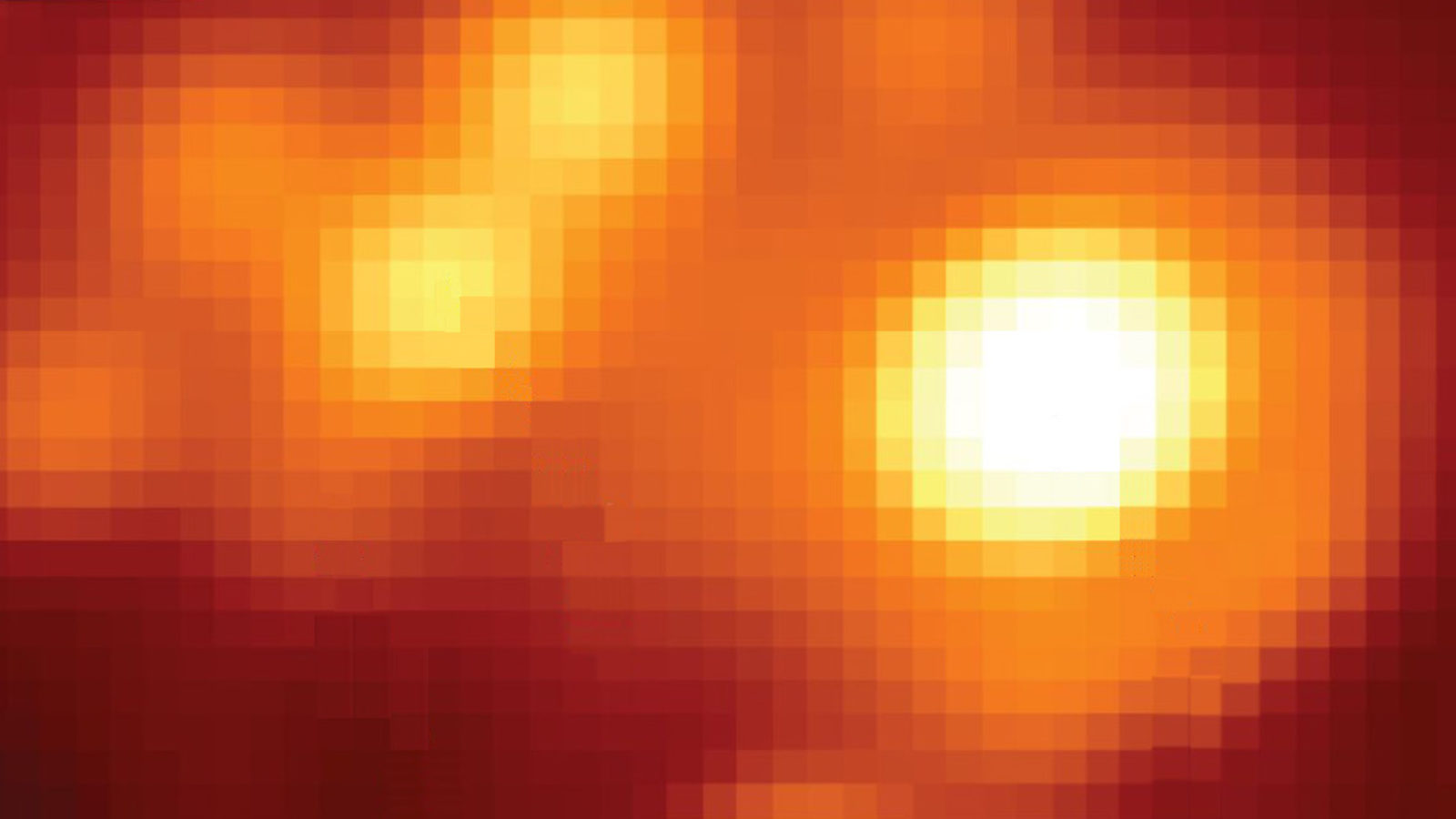A star found zipping around the supermassive black hole at the heart of our Milky Way galaxy may be just what scientists need to test Einstein’s Theory of General Relativity, according to a paper published in today’s issue of Science.
The star is the closest ever found to our central black hole, which has about 4 million times the mass of the sun. It was discovered by the same team, led by astronomer Andrea Ghez at the University of California, Los Angeles, that confirmed the black hole’s presence. That team took the clearest image of its immediate neighborhood and found a close-in star completing an orbit around the monster’s maw every 16 years.
Now the team has found a second star orbiting even closer, completing an orbit every 11.5 years. With this second star in hand, researchers are in a position to measure incredibly tiny perturbations in the stars’ elliptical orbits due to the curvature of space-time.
It is the tango of the two stars, Ghez says in a press release, “that will reveal the true geometry of space and time near a black hole for the first time. This measurement cannot be done with one star alone.”
All these observations were made possible by the Keck Observatory atop Mauna Kea in Hawaii, which consists of two enormous telescopes fitted with adaptive optics systems that cancel distortions caused by the Earth’s atmosphere.



